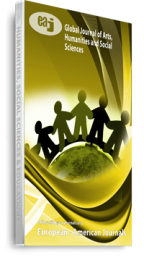Arabic language has a long history. It is taught now everywhere in the Arab world and outside, and learnt by Arabs and non-Arabs, even Muslims and non-Muslims, here we believe in the truth of the words of Muḥammad the Prophet: “Arabic is not by the father and mother (i.e. by the birth), who talks in Arabic is an Arab.” Arab is the one takes Arabic as a means to express his conscience. This is the secret of the spread of Arabic and its immortality. It spread in the east, such as Persia, Iraq, and North African countries such as Egypt, Libya, Sudan, Somalia, Tunisia, Algeria and the Morocco. Such as Turkey and some other countries in Minor Asia. It also lived centuries in the West such as Andalusia, Spain, Granada and the scientific centers in Europe. These countries mentioned above did not have any link of association with the Arabian Peninsula before Islam, but they became Arab having an Arab-Islamic nature after they converted to Islam and studied the language of its laws in Arabic and adopted the language of this religion as a means to express their Arab and Islamic identity. The situation has not changed so far. It is learnt by everyone who wants to study Islam, its sciences and its sources of legislation in Arabic, whether he is an Arab Muslim or someone else. There is no doubt that Arabic had studied and still being studied in the East and West because of its religious sanctity. Arabic has its internationality by the global message of Islam that will be remained Until the Day of Resurrection. We study Arabic outside the Arab countries for the sanctity of its message and its lofty goals, because the course of understanding the religion is as much as the knowledge of Arabic.
Keywords: Arabic, Holiness of Arabic language, Language of al-Qurʼān, Muʻtazila, Qurʼān, ʾAshāʻira

